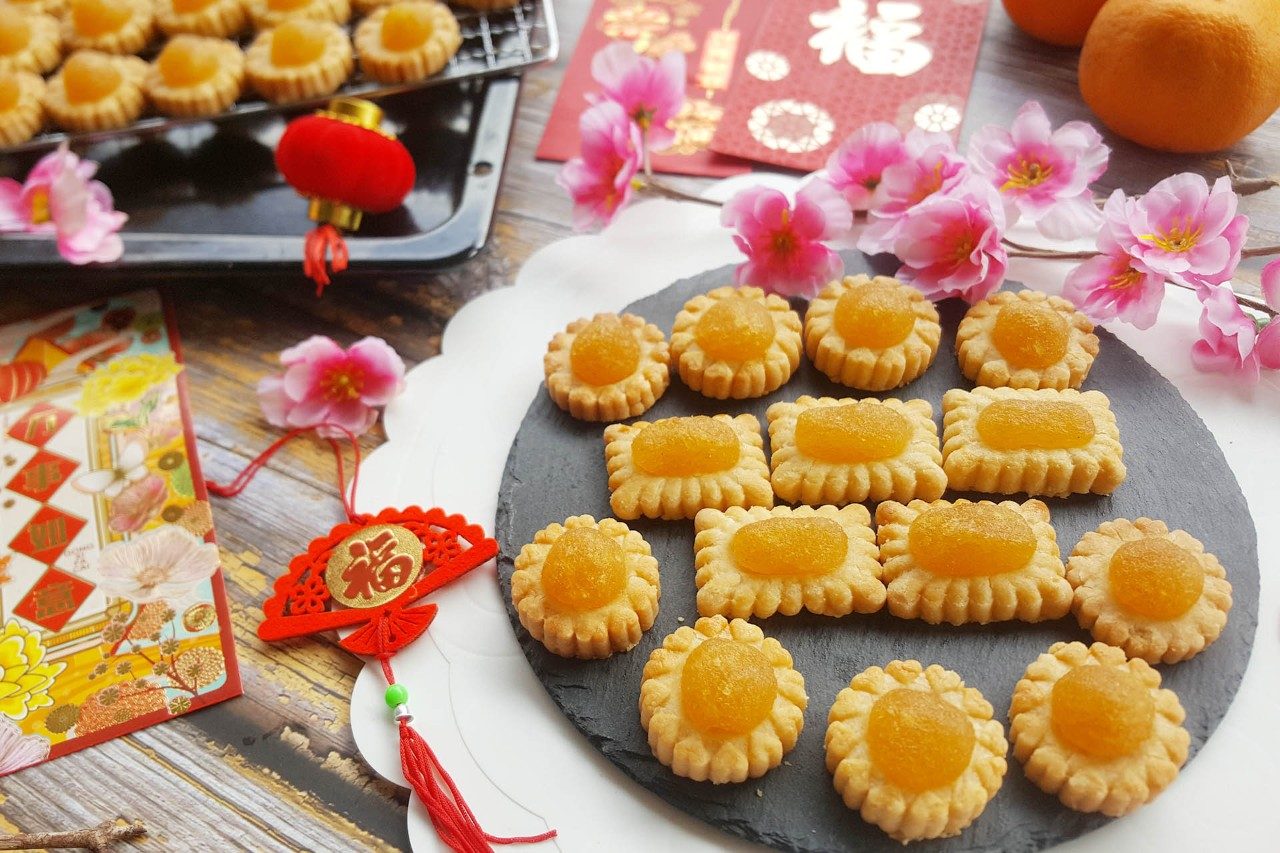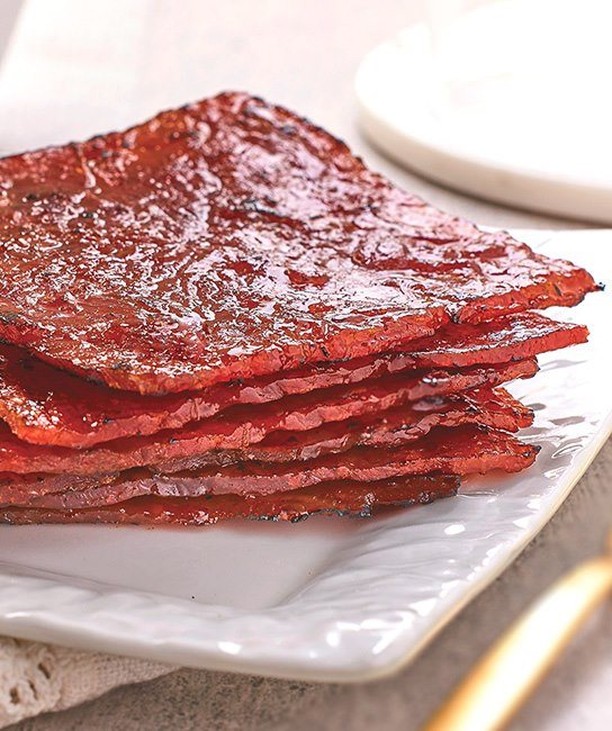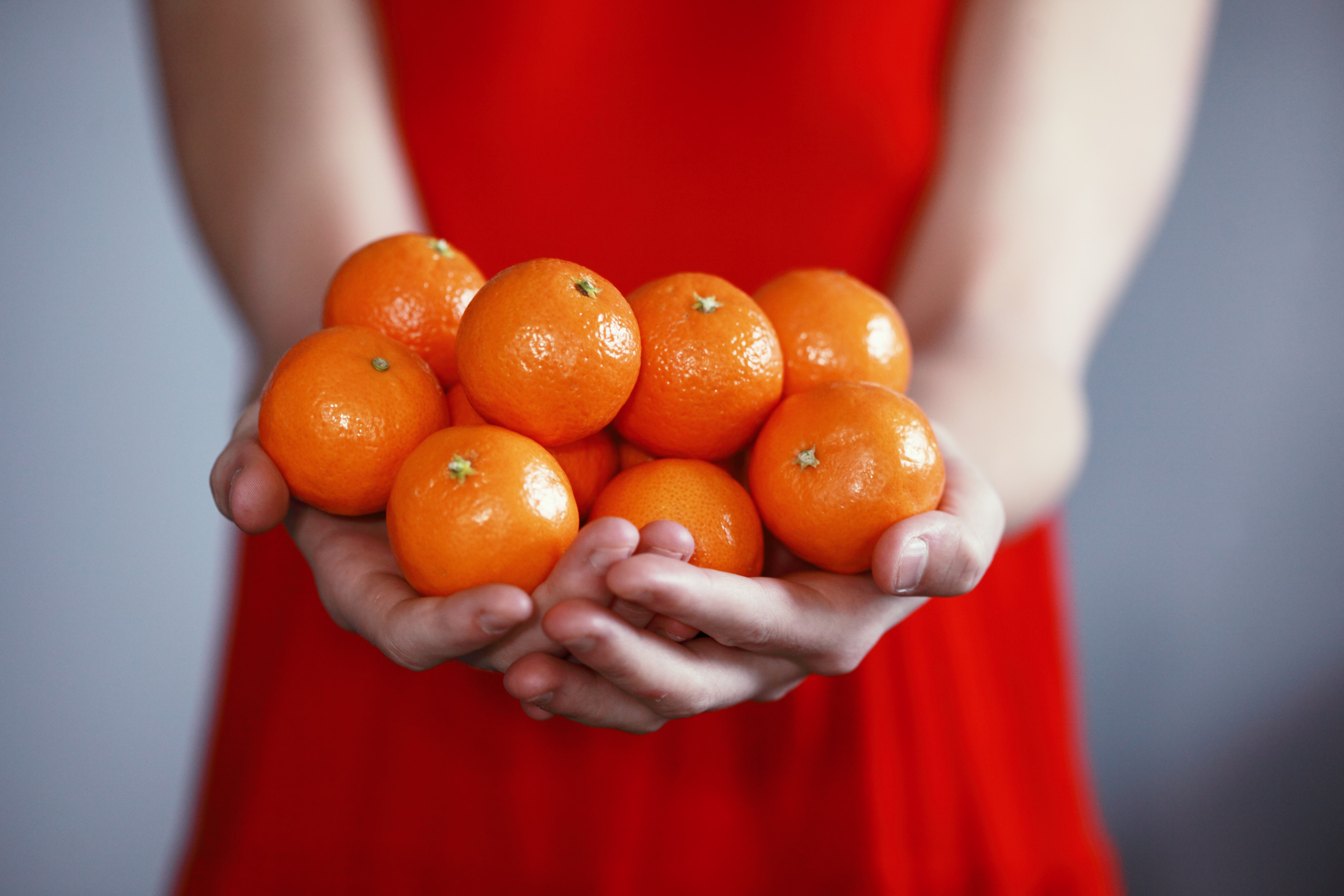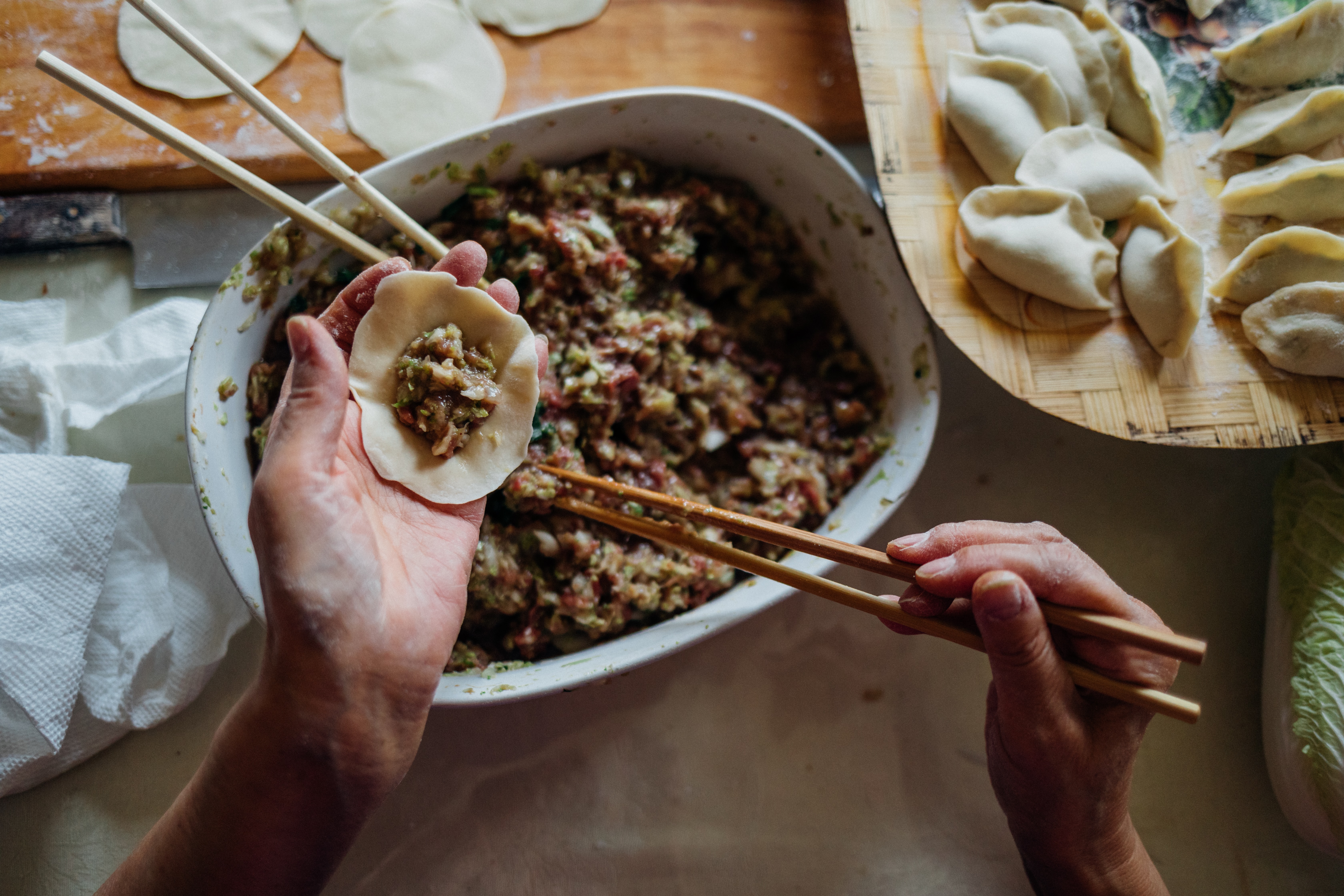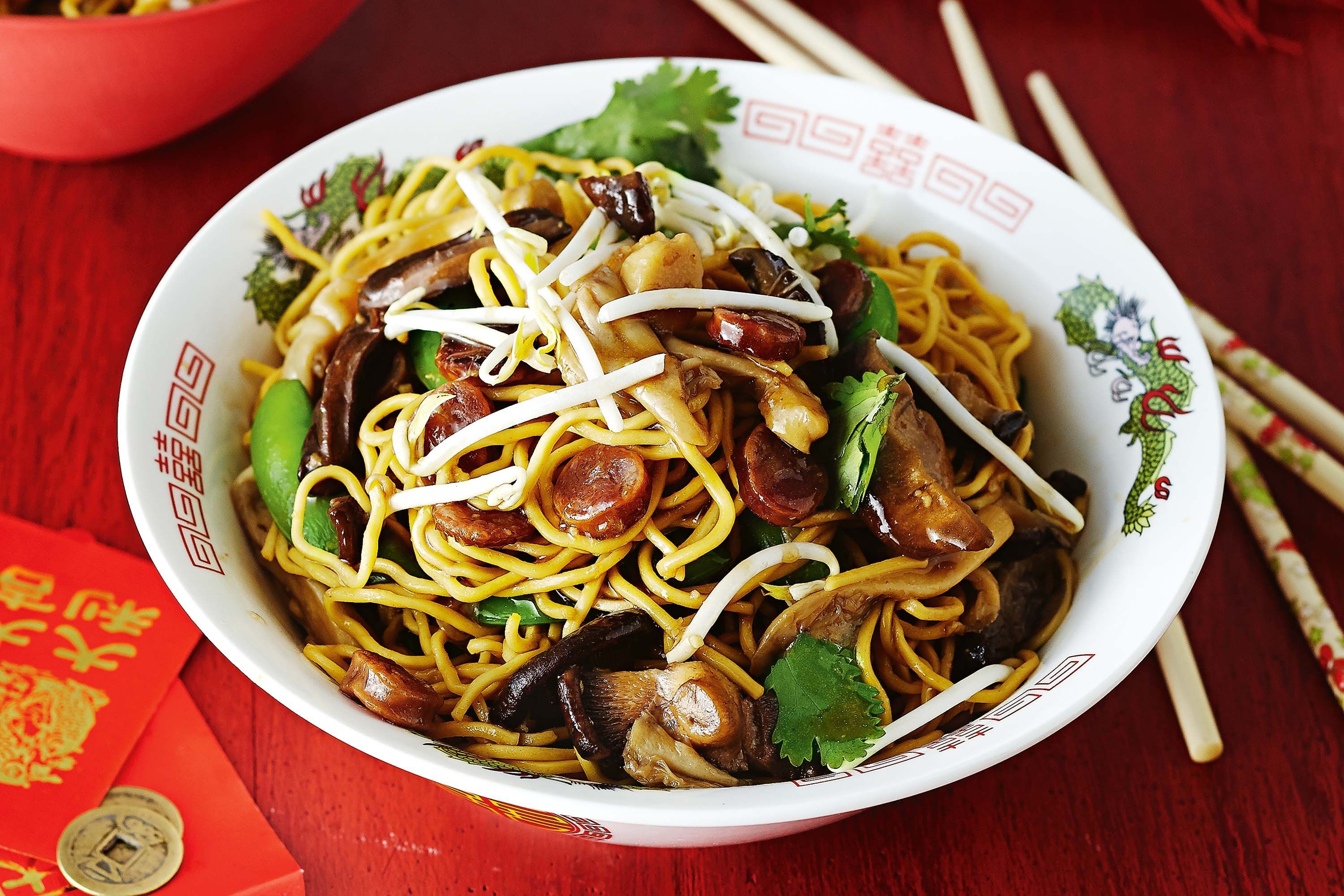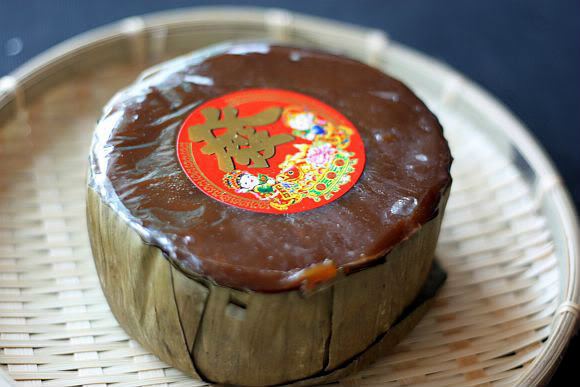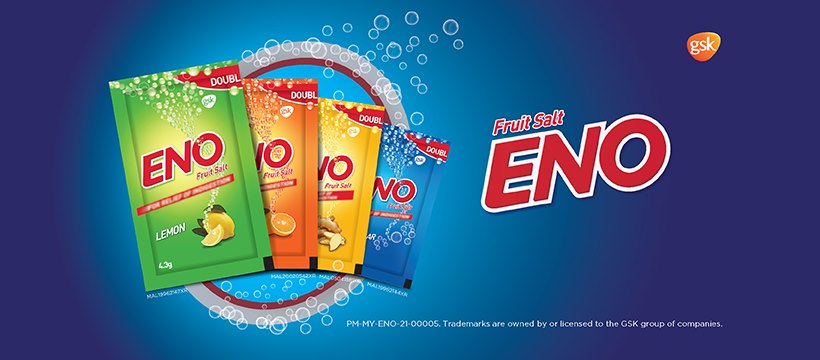Ready To Feast This CNY? Here Are The Meanings Behind 8 Popular Festive Dishes And Snacks
You eat them every year, but do you know their significance and meanings?
1. Pineapple tarts
Arguably the most popular of all the delicious goodies we feast on during Chinese New Year, pineapple tarts are a must-have during the festive season, often seen either in a roll or flower shape.
In several Chinese dialects, the word for 'pineapple' sounds similar to the phrases 'arrival of prosperity' or 'prosperity comes'. This includes ong lai in Hokkien and wong lai in Cantonese.
Thus, serving pineapple tarts during Chinese New Year is seen as a way of inviting luck and prosperity in for the coming year.
2. Bak kwa
Said to originate from China's Fujian province, bak kwa or barbecued pork jerky dates back to the days when meat was scarce, which is why it was reserved as a special treat for guests or during festive occasions such as Chinese New Year.
To make the meat last longer, people used to thinly slice the pork and marinate it with sugar and spices, then air-dry it before finally grilling it.
Bak kwa is called long yoke in Cantonese, which means to have robust or good fortune. This significance is what makes it a meaningful CNY treat.
3. Mandarin oranges / Tangerines
In both shape and colour, mandarin oranges resemble gold ingots, a form of currency in the olden days. Additionally, the act of giving mandarin oranges to someone is known as 'song gam' in Cantonese, which can also be translated as 'giving gold'. So, by giving your loved ones mandarin oranges, you are wishing prosperity upon them.
Besides giving them to others, eating or displaying mandarin oranges or tangerines around the home is also believed to bring good luck and fortune. This is because 'orange' and 'success' sound similar in Mandarin, and one of the ways of writing tangerine includes the Chinese character for 'luck'.
4. Yee sang
Though other versions of yee sang are said to have existed in China, the modern version we all know and love is pretty much an exclusively Malaysian and Singaporean thing. Called 'yu sheng' in Mandarin, it is a dish that represents abundance. As 'yu' means abundance, while 'sheng' means rise or increase, 'yu sheng' means an increase of abundance.
Each ingredient that makes up a serving of yee sang has its own symbolism, mostly due to the Chinese characters of the ingredients being homophones for auspicious sayings.
Here are some examples:
- Fish: Just like the 'yu' in 'yu sheng', fish is also pronounced 'yu' in Mandarin, thus it carries the same meaning of abundance
- Cucumber: Known as 'ja kua' in Chinese, it shares the same pronunciation as the word for returns, signifying having many happy returns in all your ventures
- Carrot: Carrots (hong luo bo) indicate blessings of good luck as it has a homophone in 'hong yun dang tou', which means 'good luck is approaching'
Finally, it is believed that the higher you toss the yee sang, the more your fortune will grow in the new year, so make sure to toss as high as you can!
5. Steamed fish
As previously mentioned, the Mandarin words for fish and abundance are both pronounced as 'yu', so fish is a particularly important CNY dish. Steaming is usually the cooking method of choice, and the fish should be served whole, including the head and tail. This represents a year of abundance from start to end.
When it comes to choosing what kind of fish to serve, popular choices include crucian carp (sounds like the Chinese word for good luck), mud carp (pronounced like the Chinese word for gifts), and catfish (sounds like 'year surplus').
It is believed that the head of the fish should be facing important guests or elders, to show respect. Meanwhile, the two people who face the head and tail of the fish should drink together, as this is considered to be a lucky act.
Some people even believe that you should make sure to have leftovers of your fish dish for the next day, to represent an overflow of prosperity.
6. Dumplings
Similar to mandarin oranges, dumplings also represent wealth because they are shaped like ingots. A popular belief is that the more dumplings you eat during CNY celebrations, the more money you'll earn in the new year.
To make sure your dumplings are lucky ones, make sure there are a good number of pleats when you make them. Also, avoid making the junction too flat as this is thought to purport poverty.
Besides the shape, the dumpling filling also has special significance. Did you know that you shouldn't eat dumplings filled with suan cai (Chinese pickled vegetables) during CNY? This is because suan cai implies a poor and difficult future.
Instead, during CNY, it is tradition to eat dumplings filled with radish and cabbage, as this suggests that you will have fair skin and a gentle temperament.
7. Longevity noodles
Dating back to the Tang Dynasty, longevity noodles can either be fried or boiled in a broth. Whichever form they take, what makes longevity noodles different from normal noodles is that they are longer and left uncut, in order to represent the hope for a long and happy life. It is said that you should slurp up the noodles whole without breaking them off, as this would signify cutting your life short.
Other than during Chinese New Year, it is also usually served at birthday parties or weddings.
8. Nian gao
In Chinese, the word 'gao' means high, which makes nian gao sound like 'getting higher year by year'. That's why it's believed that this yummy glutinous rice cake symbolises growth, progress, and advancement, while also suggesting that you'll soar to great heights in the new year.
Made of sticky rice, chestnuts, Chinese dates, sugar, and lotus leaves, the sweet taste of nian gao suggests that the eater will have a sweet life. Plus, the round shape it traditionally comes in symbolises reunion, an apt message for Chinese New Year.
Mmm, we definitely can't wait to feast on all these delicious dishes and snacks during the upcoming CNY celebrations! :9
So, with all the eating during Chinese New Year, remember to keep a packet of ENO on hand, and have a good time feasting on all your fave dishes.
Trademarks are owned by or licensed to the GSK group of companies. PM-MY-ENO-22-00003
